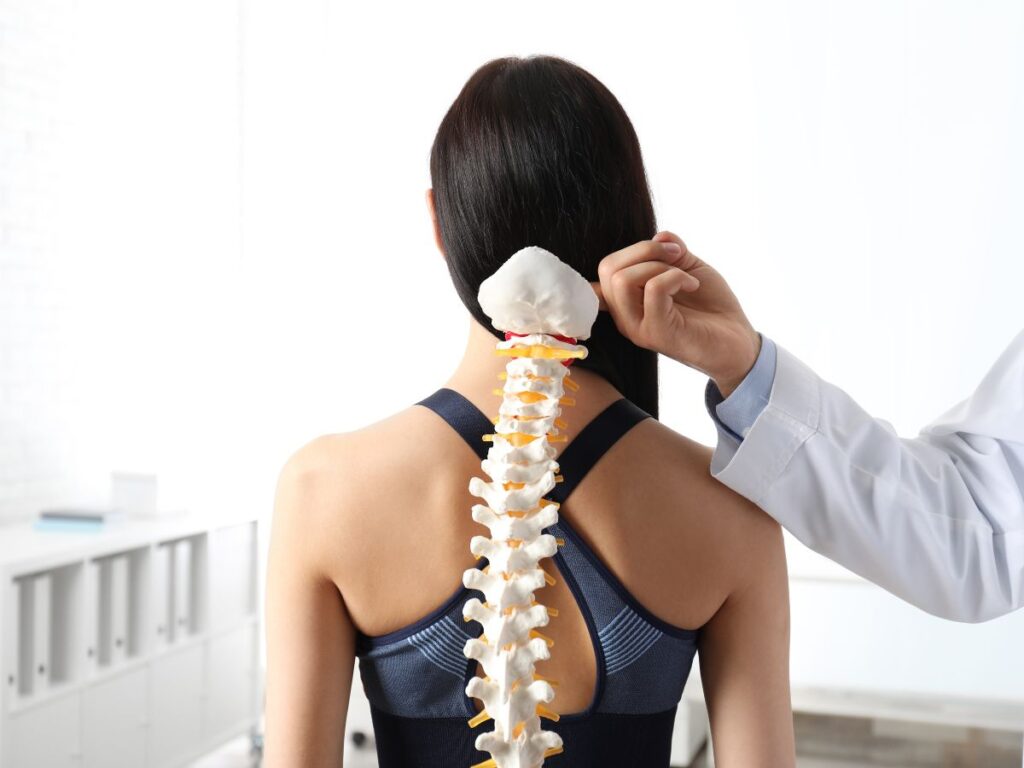Why Spinal Curves Need Chiropractic Attention
Scoliosis—a lateral curvature in the spine—can be mild or severe, often developing in adolescence or emerging in adulthood through degenerative changes. While bracing or surgery may be prescribed for advanced cases, chiropractic adjustments help preserve spinal flexibility and minimize pain for a range of scoliosis profiles. By realigning vertebrae where possible and easing muscle tension around curves, chiropractors assist the body in maintaining more natural posture. This hands-on care frequently leads to reduced discomfort, increased mobility, and potentially a slower progression of the curve, especially when integrated with exercises or supportive therapies.
Key Scoliosis Triggers
In adolescents, idiopathic scoliosis emerges without a clear cause, though genetics and growth spurts play roles. Adults might develop degenerative scoliosis as discs and joints wear down, allowing vertebrae to shift sideways. Muscle imbalances or posture habits can also perpetuate the curve. Chiropractors inspect the entire spine, identifying areas of rigidity or hypermobility that feed scoliotic patterns. Corrections aim to rebalance these forces, mitigating pain and preventing additional spinal distortion.
Chiropractic Techniques for Scoliosis
Traditional high-velocity adjustments may be applied gently to segments that remain flexible. For stiffer or fused areas, low-force methods or instrument-assisted thrusts can enhance alignment without overstressing delicate structures. Dr. Elham might also integrate traction or table-assisted flexion, stretching out the spinal curvature gently. Because uneven muscle tension contributes to scoliotic arcs, supportive exercises—like core stabilization or asymmetrical stretches—often follow. Each session carefully addresses segments that can still shift, promoting alignment while respecting curve rigidity.
Dr. Elham’s Holistic Scoliosis Approach
Rather than focusing solely on the most curved segments, Dr. Elham analyzes the entire spine, pelvis, and shoulders. If the pelvis is tilted, it can exacerbate curvature higher up. After applying precise adjustments, he may guide patients through posture or breathing exercises that elongate the concave side of the curve, relaxing overactive muscles on the convex side. Massage or myofascial release techniques help release chronic tension that pulls the spine off-center. Over repeated sessions, small improvements in alignment can lessen discomfort, expand breathing capacity if the thoracic area is involved, and fortify trunk stability.
Benefits of Chiropractic for Scoliosis
Chiropractic care brings multiple advantages to those with curved spines:
- Less Pain: Alleviating muscle and joint stress around the curve can reduce daily soreness.
- Preserved Mobility: Adjustments maintain flexibility in segments prone to stiffening.
- Better Postural Awareness: Ongoing visits reinforce healthier standing, sitting, and walking habits.
- Noninvasive Management: Many can delay or avoid surgery by managing scoliosis proactively.
- Stronger Mind-Body Connection: Physical alignment fosters confidence and a more active lifestyle.
Though chiropractic can’t always reverse established curves, it often improves function and staves off progression, augmenting the body’s innate capacity to adapt comfortably.
Maintaining Gains Beyond the Clinic
Daily routines shape spinal health. Dr. Elham might prescribe targeted exercises—like side-plank variations—for the convex side, elongating cramped muscles on the concave side. Postural check-ins—standing tall, aligning the ears and shoulders, distributing weight evenly—counteract scoliotic tendencies. If bracing is part of treatment, removing it briefly for supervised stretches can keep muscles active. Meanwhile, regular low-impact activities—swimming, gentle yoga—enhance overall spinal mobility. By weaving these elements into daily life, patients reinforce each adjustment’s effect, ensuring the curve remains as manageable as possible.
Tackling Everyday Challenges
Scoliosis can impede activities that demand a straight, stable spine—like carrying groceries evenly or participating in certain sports. Chiropractic sessions relieve tension hotspots, letting you rotate or bend with less strain. Dr. Elham watches for asymmetrical habits—maybe you habitually lean to one side—and advises adjustments to movements. If the curve impacts lung capacity or causes rib prominence, gentle thoracic mobilizations might free breathing and reduce aesthetic concerns. Over time, patients often experience less pain and better endurance, resuming daily tasks or mild exercise without the drag of spinal imbalance.
Consequences If Neglected
Scoliosis can progress, especially during growth phases or with certain degenerative changes. Heightened curves may strain internal organs, reduce lung expansion, or cause chronic muscle fatigue. Pain can escalate, rippling into the neck, shoulders, or hips. Neglected advanced curves might eventually force surgical interventions like spinal fusion. Chiropractic care, alongside other recommended therapies (e.g., bracing, physical therapy), aims to halt or slow this progression. By intervening early, the spine retains maximum mobility, comfort, and function, mitigating the risk of more invasive measures down the line.
Inside a Scoliosis-Focused Session
First, Dr. Elham might review your curve progression via x-rays or posture scans. Palpation identifies stiff segments or overactive muscles that tilt the spine further. Depending on the severity, gentle manual adjustments or instrument taps align vertebrae that still exhibit movement potential. Thoracic mobilizations help the rib cage expand fully, a relief for scoliotic curves compressing the torso. He may demonstrate side-specific exercises—like lateral bends or spinal elongations—to keep the spine balanced. Patients often notice improved posture awareness immediately, though consistent visits bring more pronounced shifts over time.
Securing a Balanced Spine
Chiropractic adjustment for scoliosis extends beyond momentary relief. It’s a steady commitment to reorienting the spine, enhancing muscle synergy, and preventing curvature progression. Early sessions, perhaps weekly or biweekly, gently shift the scoliotic curve’s mechanics. Maintenance visits every few weeks or months then preserve these gains. Dr. Elham’s full-body approach ensures no region gets ignored—hips, shoulders, and even the cervical spine must align for lasting improvement. Coupled with home exercises and posture vigilance, scoliosis management can evolve into a sustainable routine, keeping discomfort at bay and letting you stand tall with confidence each day.






